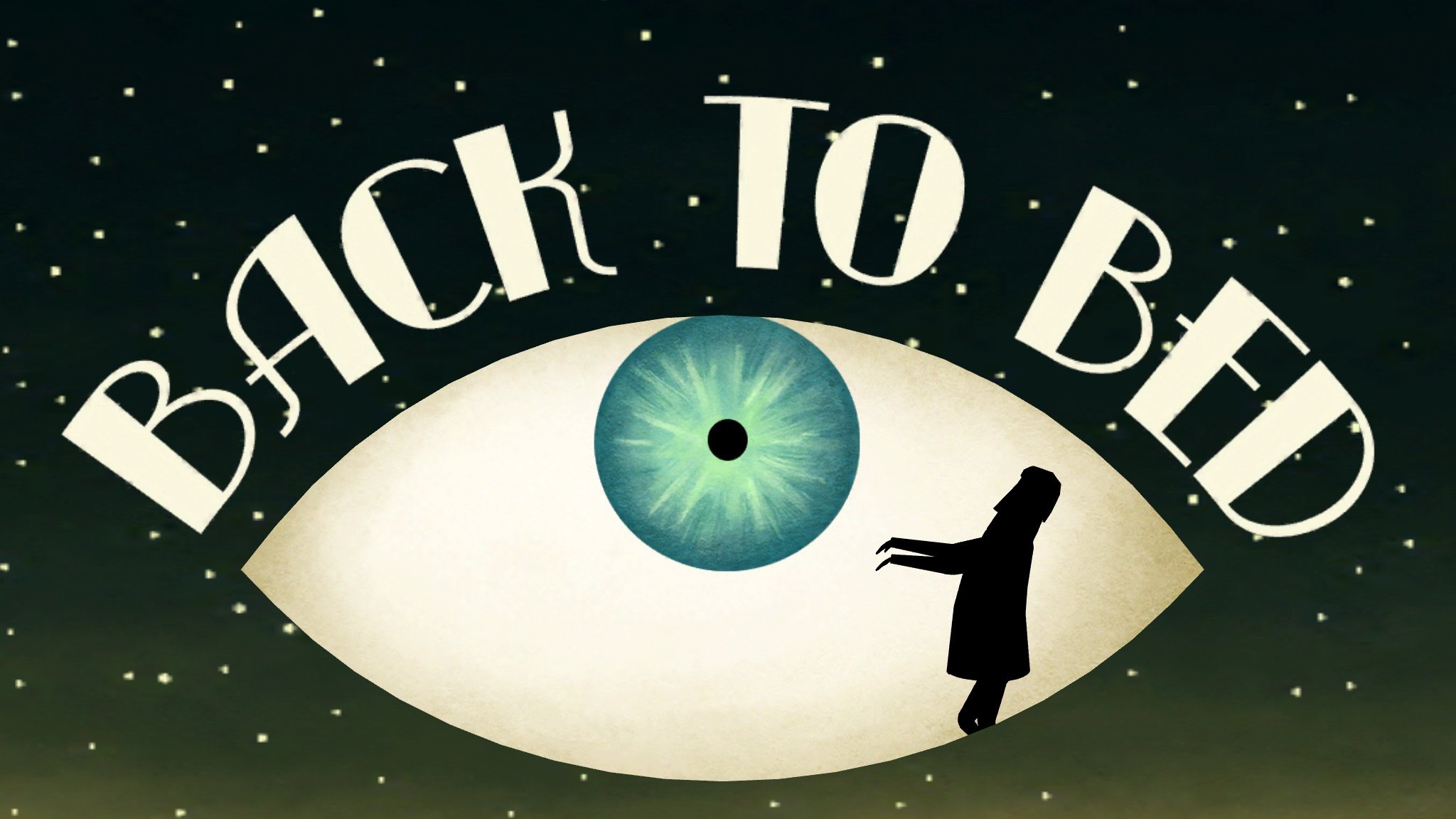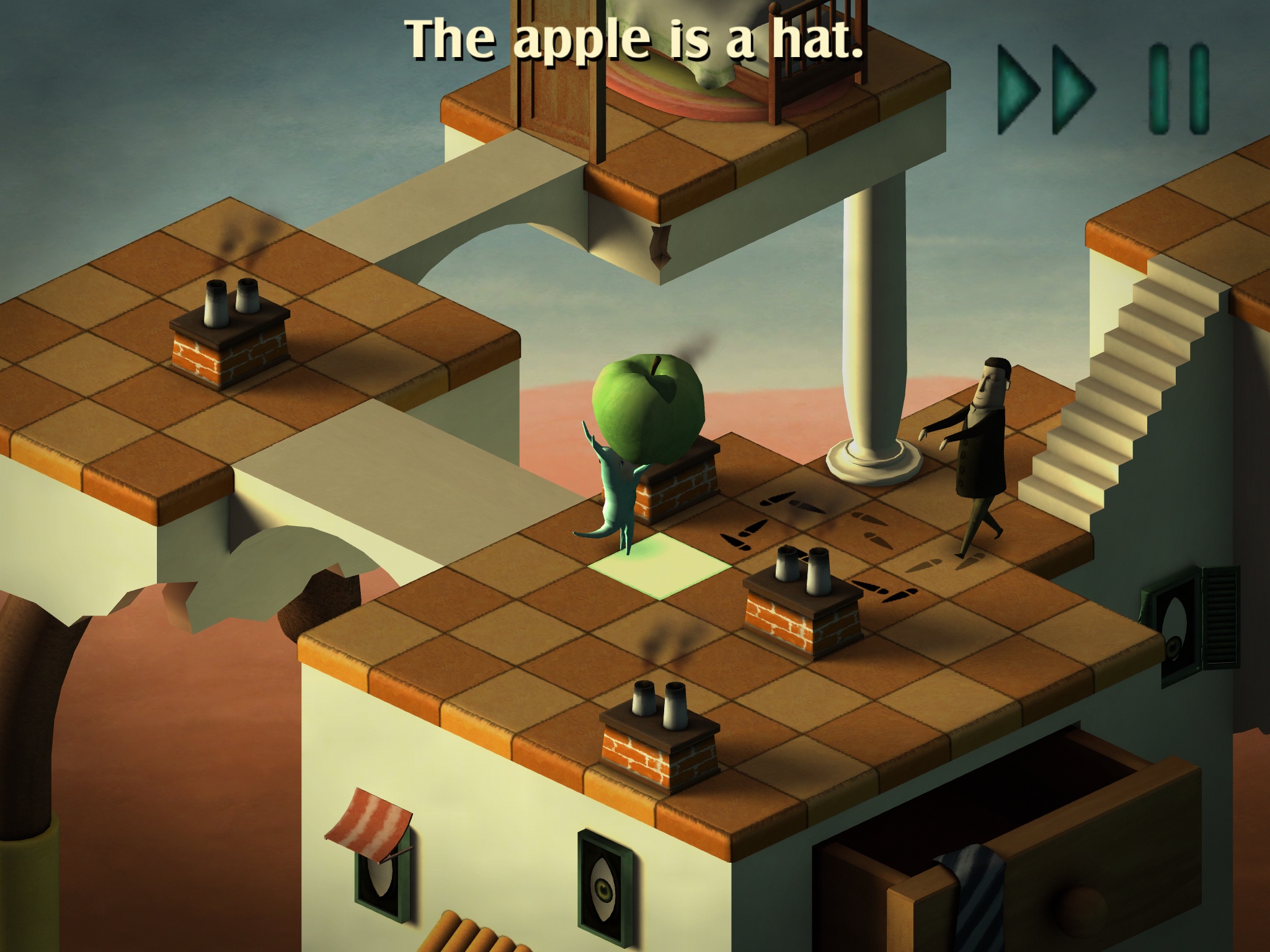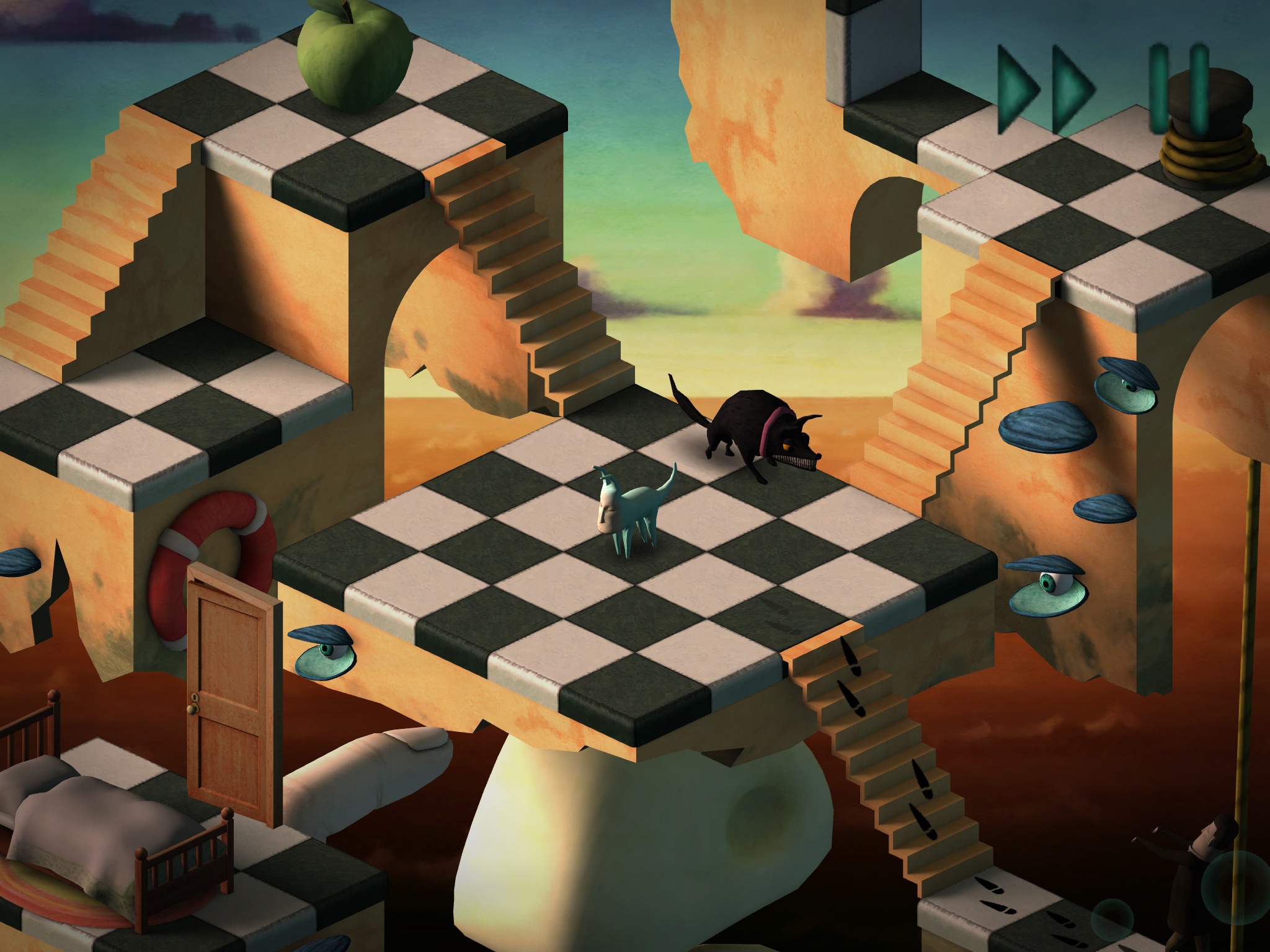- Wondering how to get Monopoly GO! free rolls? Well, you’ve come to the right place. In this guide, we provide you with a bunch of tips and tricks to get some free rolls for the hit new mobile game. We’ll …
Best Roblox Horror Games to Play Right Now – Updated Weekly
By Adele Wilson
Our Best Roblox Horror Games guide features the scariest and most creative experiences to play right now on the platform!The BEST Roblox Games of The Week – Games You Need To Play!
By Sho Roberts
Our feature shares our pick for the Best Roblox Games of the week! With our feature, we guarantee you'll find something new to play!All Grades in Type Soul – Each Race Explained
By Adele Wilson
Our All Grades in Type Soul guide lists every grade in the game for all races, including how to increase your grade quickly!
Back to Bed Review: Sweet Dream
The world of Back to Bed is uncanny yet familiar. Anyone who has seen a work of art by Salvador Dalí or René Magritte should immediately recognize some of its decorative and interactive objects: plump green apples, disembodied floating eyeballs, …

The world of Back to Bed is uncanny yet familiar. Anyone who has seen a work of art by Salvador Dalí or René Magritte should immediately recognize some of its decorative and interactive objects: plump green apples, disembodied floating eyeballs, melting clocks, bowler hats, unexpected trains, mirrors that aren’t what they seem. These objects and their setting are presented in a charming visual style vaguely reminiscent of claymation, creating a sense of tactile imperfection that makes a flowerbed full of eyes or a giant squid tentacle more endearing than disturbing.
Despite these Surrealist trappings, Back to Bed utilizes unambiguous puzzle gameplay. The object of each stage is to guide narcoleptic sleepwalker Bob to the safety of his bed. Players take on the role of Subob, a Bob-faced, doglike guardian seemingly plucked from a Hieronymus Bosch painting, and who can move freely about the dreamscapes, picking up and relocating certain transportable objects. This consists mainly of dropping Magritte apples in Bob’s path so that he won’t walk off ledges or into other dangers, since he will only change direction upon running into an object or wall.

Bob always turns clockwise, which creates both consistency and an added challenge in getting him to reverse direction when needed. As someone who has no spatial reasoning and always suffered with those rotating railroad puzzles, I often failed to accurately predict where Bob was going to end up. Thankfully, Back to Bed plots his course about six steps beyond his current position and immediately accounts for any changes you make to the environment, displaying where he’s headed via footstep markings. This makes planning ahead a breeze for even the spatially inept, allowing you to focus on the meat of the puzzles.
Although you’ll spend most of the game’s 30 stages sending Subob ahead to drop apples in human-Bob’s path, Back to Bed introduces a handful of interesting twists and level designs to keep the puzzles from becoming stale. These range from patrolling enemies that will wake Bob up upon collision to gaps that can only be bridged when viewed from an M.C. Escher perspective. Once all 30 stages have been finished, “Nightmare” mode unlocks: this variation pits players against the same stage layouts, but locks the door to Bob’s bed and requires he walk over the key first. This small addition greatly alters the challenge, essentially doubling the available levels despite the repeated stage design.
There’s an artificial game-lengthener as well, however, in Back to Bed’s touch controls. Every action is completed with a single tap—drag-moving Subob, picking up items, as well as dropping them—resulting in frequently imprecise inputs. This is especially vexing when you have only a few steps to intervene between Bob and a hazard, and Subob drops an item instead of walking. Switching to the virtual joystick layout alleviates some of this difficulty. Luckily, without a timer or any real punishment for Bob falling off a ledge—except in Nightmare mode, where a fall will drop a key—the controls are occasionally frustrating but mostly forgivable.
Besides the consistently engaging puzzles, Back to Bed’s other primary draw is its aesthetic, which is an odd combination of cute and creepy. The narrator has a stilted, alien voice that occasionally offers surrealistic commentary like “The apple has narcolepsy,” but more often gives cryptic-yet-genuine advice on playing the game, such as “Walk on the fish,” and “The clock turns Bob-wise.”

The set decorations are a bit repetitive, favoring eyeballs and winged inanimate objects on most stages, but occasional additions such as “whale road tracks” provide extra variety. While there’s no story per se, the levels and hazards are introduced through between-level artwork that creates a sense of progress despite the fact that you just keep guiding Bob back to bed again and again.
Almost everything about Back to Bed seems designed with the player in mind, from the quirky narration to its speed-up button to the minimal punishment for failure. The re-purposed Surrealist objects create a unique dreamscape that is a treat to wander, and Nightmare mode provides a surprising amount of replay value. We do wish more stages featured customized challenges—there is only one level with two different “complete in X fashion” achievements—but that’s a dream for another day.

The good
- Beautiful and endearing world built on repurposed recognizable Surrealist objects.
- Engaging puzzles with a variety of bizarre obstacles to overcome.
- Laid back and atmospheric.

The bad
- Controls are imprecise and occasionally cause mistakes.
- Would prefer more “challenge levels” that require you to solve with only one apple, etc.
- No hint system or way to move past a level if you get stuck.
More articles...
Monopoly GO! Free Rolls – Links For Free Dice
By Glen Fox
Wondering how to get Monopoly GO! free rolls? Well, you’ve come to the right place. In this guide, we provide you with a bunch of tips and tricks to get some free rolls for the hit new mobile game. We’ll …Best Roblox Horror Games to Play Right Now – Updated Weekly
By Adele Wilson
Our Best Roblox Horror Games guide features the scariest and most creative experiences to play right now on the platform!The BEST Roblox Games of The Week – Games You Need To Play!
By Sho Roberts
Our feature shares our pick for the Best Roblox Games of the week! With our feature, we guarantee you'll find something new to play!All Grades in Type Soul – Each Race Explained
By Adele Wilson
Our All Grades in Type Soul guide lists every grade in the game for all races, including how to increase your grade quickly!







